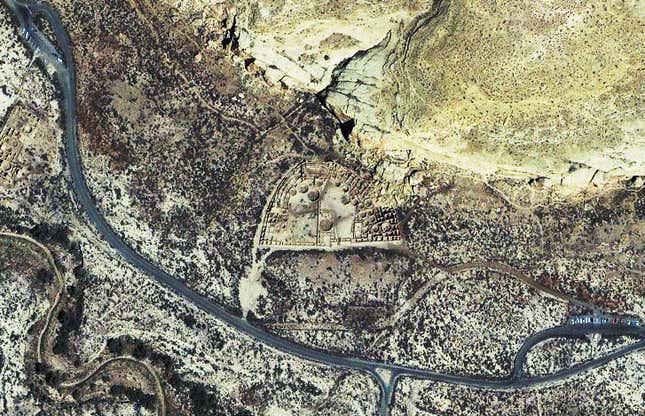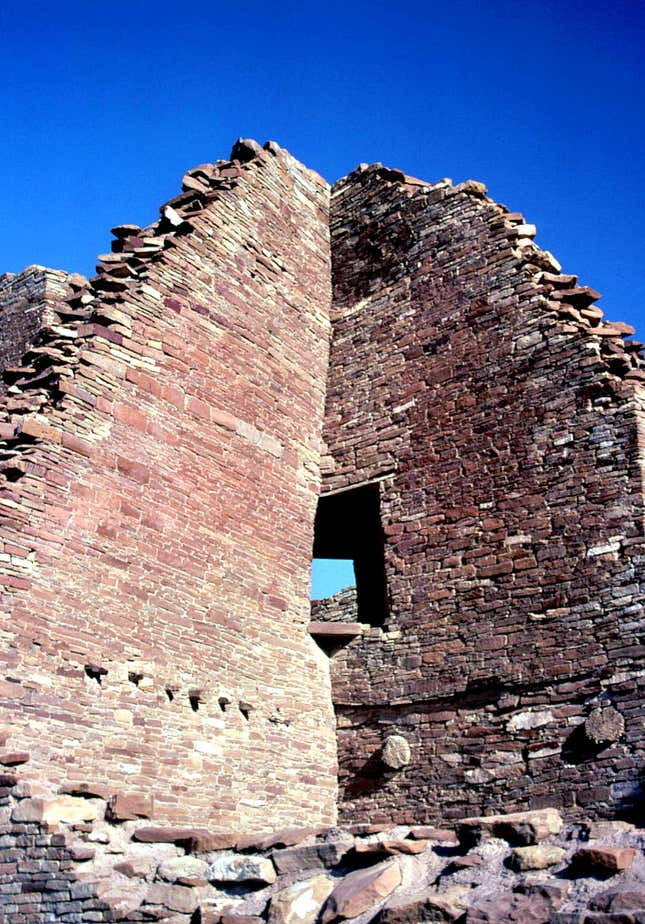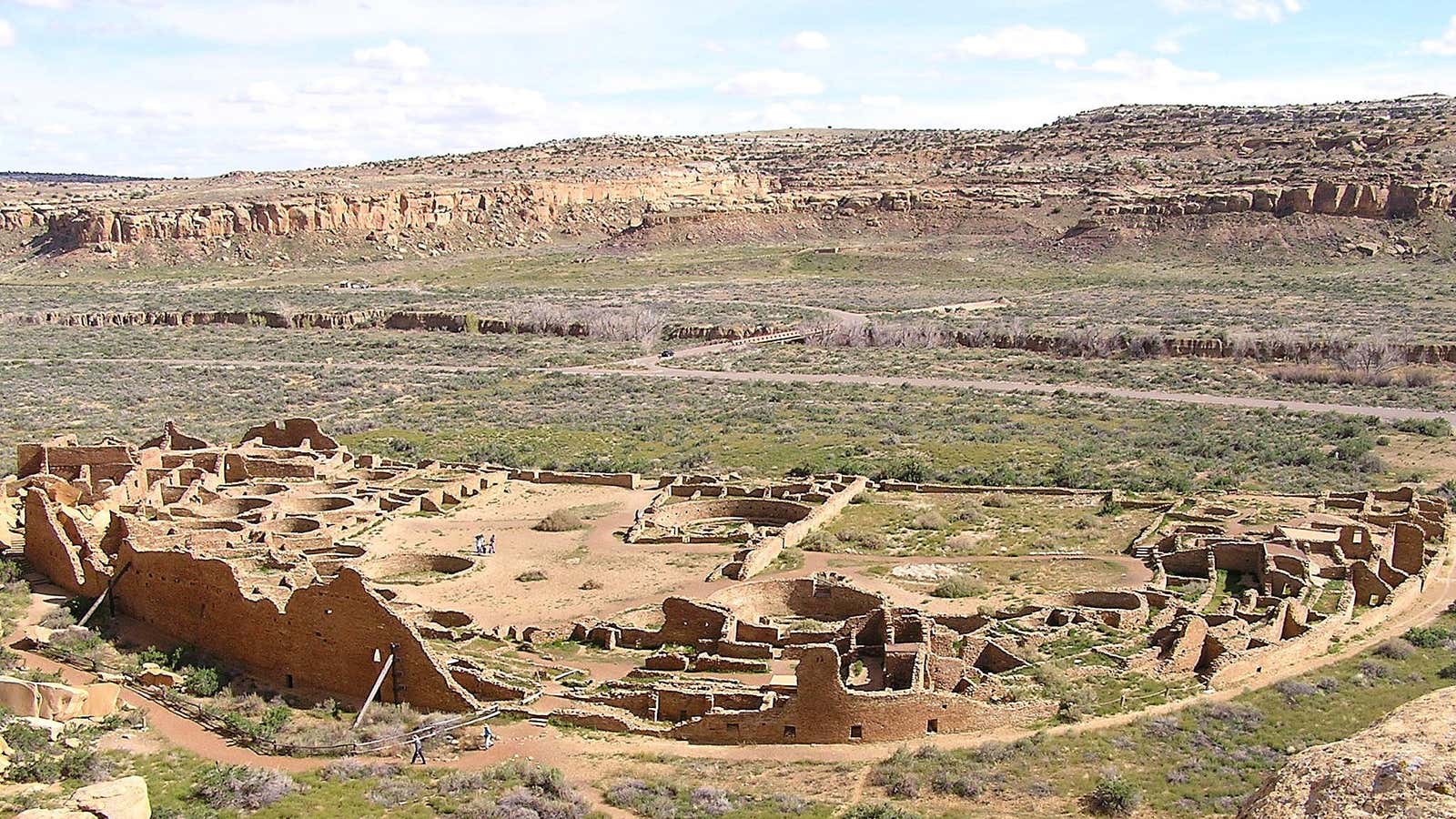An ancient North American dynasty ruling parts of the what is now the southwestern US 1,200 years ago used to only pass its power to elites born from powerful women, according to new DNA evidence.
In a paper published in the journal Nature Communications on Feb. 21., scientists reported work done on DNA material from buried skeletons discovered at Pueblo Bonito, an archaeological ruin in Chaco Canyon, in northern New Mexico. The building was one of the “great houses” of the Chaco society; its 650 rooms housed hundreds of Chacoans over a 330-year dynasty starting in 800 CE.
The complexity of the colossal architecture reflects how advanced the Chaco society—part of the larger Ancestral Puebloan civilization—was.

Back in 1896, researchers excavated 14 bodies from one of the rooms, believed to be a crypt. Archaeologists believe these 14 individuals must have been elite members of the society because of the lavish ways the bodies were decorated and buried: for instance, a male in his 40s was buried with over 11,200 pieces of turquoise and 3,000 shell beads and pendants, making this one of the most elaborate burials in the Northern American southwest.
In the recent study, the scientists radiocarbon-dated and did a DNA analysis on the skeletal remains of these 14 bodies. They found that the samples all contained the same mitochondrial DNA molecules. Because we inherit mitochondrial DNA from our mothers only, the scientists were able to conclude that all 14 individuals were the descendants of a single woman.
Further nuclear DNA analysis on six of the Chacoans from the crypt (the other eight remains did not have sufficient DNA material for analysis) showed that two were mother and daughter, and another two were grandmother and grandson. The remaining two individuals were not directly related, although they shared the same bloodline.
Despite evidence that Chacoans passed power from mothers to children, this wasn’t a society dominated by women. “This is not a matriarchy, where women controlled society,” says Douglas Kennett, the archaeologist from Pennsylvania State University who led the study. “Both men and women were influential, and were leaders in the Chaco society, but basically that influence was passed along the maternal line.” Men were considered elite only if they were the sons of a powerful woman.

Because of the absence of a written language, little is known about this society—it’s unclear, for example, if the elite buried in the crypt were part of a Chacoan political ruling class, or perhaps priests thought to be imbued with divine power. Kennett says at this stage we don’t know much about their actual political influence, or whether there were multiple matrilineal lineages of elite within the canyon.
The biggest hanging question for Kennett now is how the maternal lineage might have affected the rise and fall of the dynasty. For example, archaeologists have found that people who lived at Pueblo Bonito once survived a drought: could this sort of hereditary lineal have helped them persist through environmental catastrophes? ”Those are only things that we are starting to imagine based on the results of this study,” he says.

